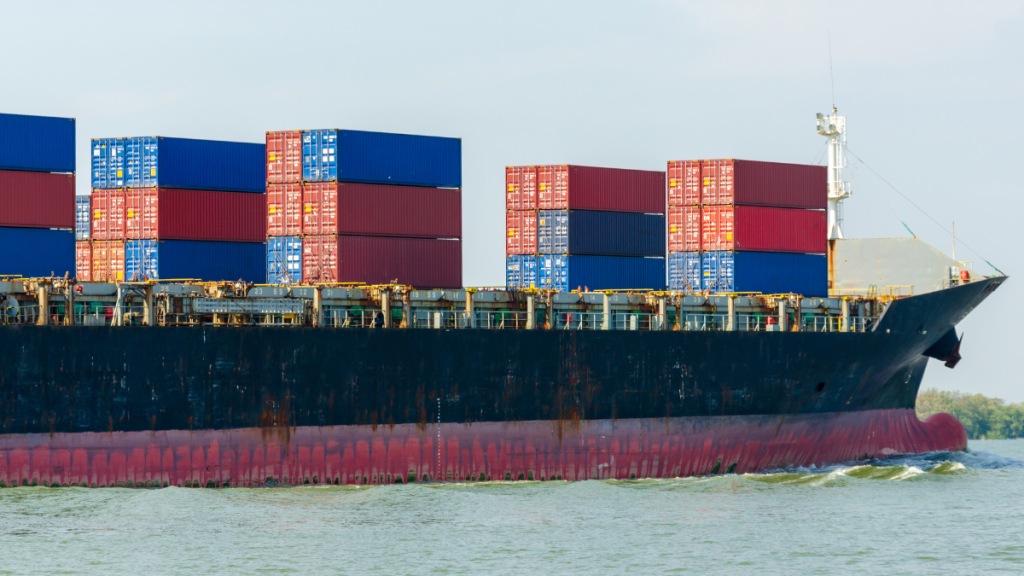The government on Thursday held a meeting with the representatives of the textiles and chemicals industry, the sectors that will be the worst hit by the 50% additional tariffs by the US, and discussed strategies to cushion the blow through incentives and market diversification.
Credit Support and Market Diversification
One of the proposals discussed at the meeting was to prioritise support to these sectors along with others that are facing a big dent in exports to the US under the Export Promotion Mission (EPM).
“The government is looking at extending support measures under this mission to sectors which would be badly hit by the US tariffs,” sources said.
In the meeting convened by the commerce ministry, the exporters also sought return of the Interest Equalisation Scheme (IES) that ended on December 31 2024. The scheme used to provide a 3% subsidy on per and post shipment credit. Other demands were extension of RoDTEP scheme (Remission of Duties and Taxes on Exported Products), RoSCTL (Rebate of State and Central Taxes and Levies) for further five years, timely payment of dues.
The mission that was announced in this year’s budget will have 12 sub-schemes to meet the credit needs of exporters and provide marketing support and help them navigate regulatory hurdles. It will also have elements to support e-commerce exports.
For credit support six sub-schemes are under consideration in the EPM. There is a proposal for a separate credit facilitation scheme for new exporters and Micro, Small and Medium Enterprises (MSMEs). Another will facilitate finance to emerging export opportunities in new markets or products.
The allocation for the mission for this year has been kept at Rs 2250 crore of which Rs 200 crore is for Market Access Initiative (MAI) and Rs 50 crore is for lab grown diamonds. Rest of the amount is for designing and implementing some schemes from the list of 12.
Tariffs and Their Expected Impact on Exports
The exporters also asked for a direct shipping line to the US, Europe and Japan. Currently many of the Indian export cargoes go to these markets after changing ships at major transshipment hubs in the world like Singapore and Dubai. A representation has been sent to the GK Pillai committee on RoDTEP issues.
The exporters also requested measures to cut compliance burden, simplification of advance authorisation norms and cut in port charges. Advance Authorisation scheme allows duty-free imports of inputs for fabricating products for export.
The industry sources said exporters have started exploring opportunities in new geographies for their products. The world trade is disrupted and in this, there are possibilities of export diversifications in this climate. Export promotion councils are working on this. The Commerce ministry is also analysing,” they said.
Another proposal that is being worked upon is the export units selling their production in the domestic market. This step could also lead to import substitution. If a product that is being imported by a company is exported by another then that demand can be met within the country.
US President Donald Trump on Wednesday slapped an additional 25% tariff on Indian imports as a retaliation for buying crude oil from Russia. This 25% duty followed 25% additional duties imposed by Trump on July 30 as reciprocal tariffs. While the earlier 25% component of the duty comes into force from August 7. The additional duties will come into force from August 27.
Founder of GTRI Ajay Srivastava said that the imposition of additional tariffs are expected to make Indian goods far costlier in the U.S., with potential to cut U.S.-bound exports by 40–50% from $ 86.5 billion last financial year. The worst affected sectors will be shrimp, textiles, gems and jewellery.

